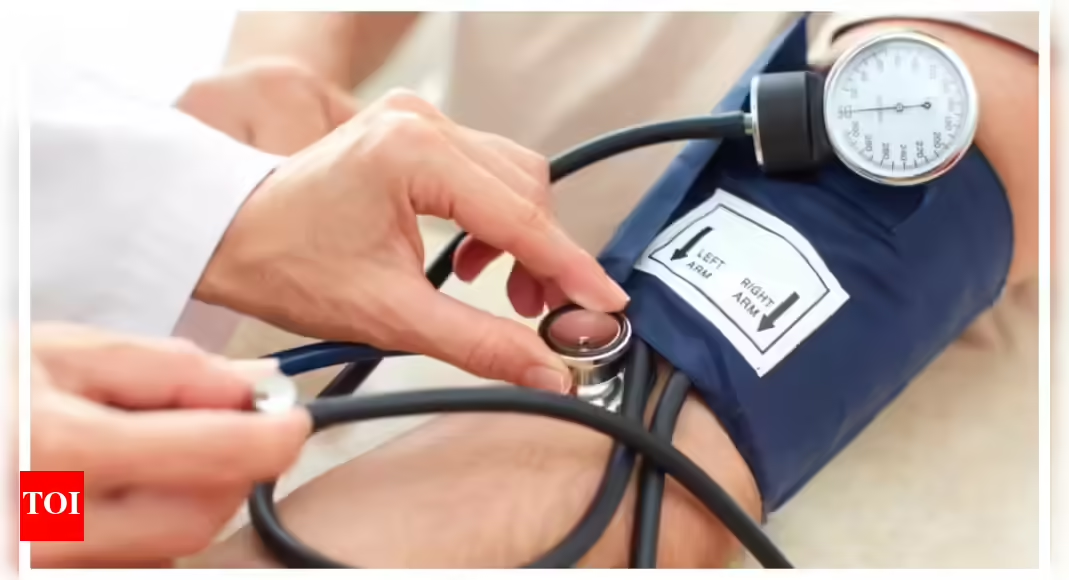Take Control: The Right Way to Monitor Your Blood Pressure
When it comes to heart health, your blood pressure often whispers, leaving many unaware of its potentially deadly implications. Dubbed the “silent killer,” hypertension affects millions globally, lurking in the shadows until it’s too late. But fear not—accurate monitoring has never been more crucial. Cardiovascular surgeon Dr. Jeremy London sheds light on how to properly take blood pressure readings to keep your heart safe and sound.
The Importance of Accurate Blood Pressure Measurement
Understanding blood pressure starts with knowing its two key numbers: systolic, which measures pressure during heartbeats, and diastolic, which measures pressure in between. High readings can lead to severe consequences such as heart attacks and kidney damage, yet many lack the simple knowledge needed for accurate home measurements. Dr. London emphasizes that each reading must be as correct as possible to avoid the confusion that comes from incorrect data, which can lead to unnecessary worry and ineffective medical treatment.
Tips for Accurate Readings
To ensure your blood pressure measurements are spot on, Dr. London shares practical guidelines. Here’s how to accurately measure your blood pressure at home:
- Use an Arm Cuff Monitor: Place it on your bare upper arm, 1-2 inches above the elbow crease.
- Preparation is Key: Avoid caffeine and exercise for at least 30 minutes before measuring. Relax for 5-10 minutes right before checking.
- Posture Matters: Sit with your back supported, feet flat on the floor, and arm resting at heart level.
- Stay Still: Silence and stillness are necessary for accurate readings.
Taking two consecutive readings one minute apart and averaging them provides a solid benchmark. Dr. London suggests measuring twice daily—once in the morning and once in the evening—for dependable tracking over days or weeks.
Understanding Your Readings
Blood pressure results fall into key categories based on the systolic and diastolic numbers:
- Normal: Below 120/80 mmHg.
- Elevated: 120-129 systolic and below 80 diastolic.
- Stage 1 Hypertension: 130-139 systolic or 80-89 diastolic.
- Stage 2 Hypertension: 140 or higher systolic, or 90 or higher diastolic.
- Emergency: Seek medical help if readings exceed 180/120 mmHg.
Expert Insight
Monitoring your blood pressure at home not only empowers you with knowledge but can also combat “white coat syndrome,” where anxiety during clinic visits skews results. By maintaining consistent records, you’re better equipped for discussions with healthcare providers, allowing for timely interventions that can save lives.
Conclusion
The steps for monitoring your blood pressure may be straightforward, yet they hold profound implications for your heart health. By incorporating these practices into your routine, you actively participate in protecting your wellness. Remember, early detection is the key to mitigating risks associated with high blood pressure. Take control of your health—one reading at a time!
Source: Original article: https://timesofindia.indiatimes.com/life-style/health-fitness/health-news/heart-health-the-right-way-to-take-blood-pressure-readings-according-to-leading-cardiologist/articleshow/124774913.cms




